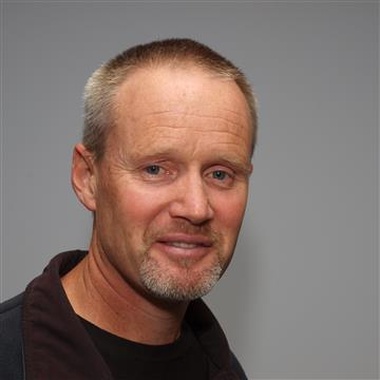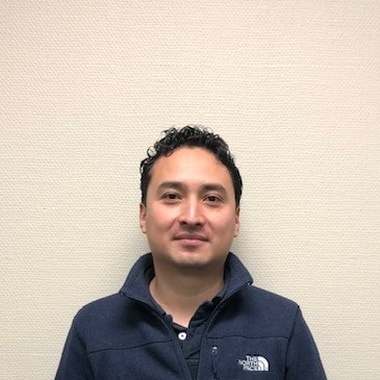Predicting long-term contamination in estuaries
Land-derived sediments and heavy metals are two contaminants threatening the health of New Zealand’s estuaries. NIWA has developed the Urban Stormwater Contaminant (USC) model to predict long-term sediment and heavy metal accumulation under various land-use and management scenarios. The model has recently been applied to the Waitemata and Manukau Harbours to aid planning decisions.








































